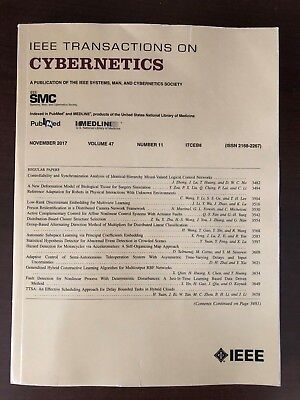人类水下感知增强可穿戴系统的展望
IF 9.4
1区 计算机科学
Q1 AUTOMATION & CONTROL SYSTEMS
引用次数: 0
摘要
本文章由计算机程序翻译,如有差异,请以英文原文为准。
Perspective on Wearable Systems for Human Underwater Perceptual Enhancement
Underwater areas have harsh environments with poor light, limited visibility, and high levels of noise. Humans have a weak perception of position, surroundings, and exterior information when staying underwater, which makes it difficult for humans to carry out complex underwater tasks, such as rescue, observation, and construction. Wearable devices have shown good results in enhancing human sensory function on land, thus they could potentially play a role in enhancing human underwater perception ability. This perspective aims to analyze the state-of-the-art of underwater wearable systems for human perception enhancement. This work discusses the core technology and challenges of human underwater perceptual enhancement, including wearable underwater navigation, underwater environment reconstruction, and underwater sensorial information delivery. Future research could focus on designing waterproof flexible human-machine interfaces for sensing and feedback, exploiting advanced sensors and fusion algorithms for wearable underwater positioning, and studying multimodal information interaction strategies of wearable systems.
求助全文
通过发布文献求助,成功后即可免费获取论文全文。
去求助
来源期刊

IEEE Transactions on Cybernetics
COMPUTER SCIENCE, ARTIFICIAL INTELLIGENCE-COMPUTER SCIENCE, CYBERNETICS
CiteScore
25.40
自引率
11.00%
发文量
1869
期刊介绍:
The scope of the IEEE Transactions on Cybernetics includes computational approaches to the field of cybernetics. Specifically, the transactions welcomes papers on communication and control across machines or machine, human, and organizations. The scope includes such areas as computational intelligence, computer vision, neural networks, genetic algorithms, machine learning, fuzzy systems, cognitive systems, decision making, and robotics, to the extent that they contribute to the theme of cybernetics or demonstrate an application of cybernetics principles.
 求助内容:
求助内容: 应助结果提醒方式:
应助结果提醒方式:


